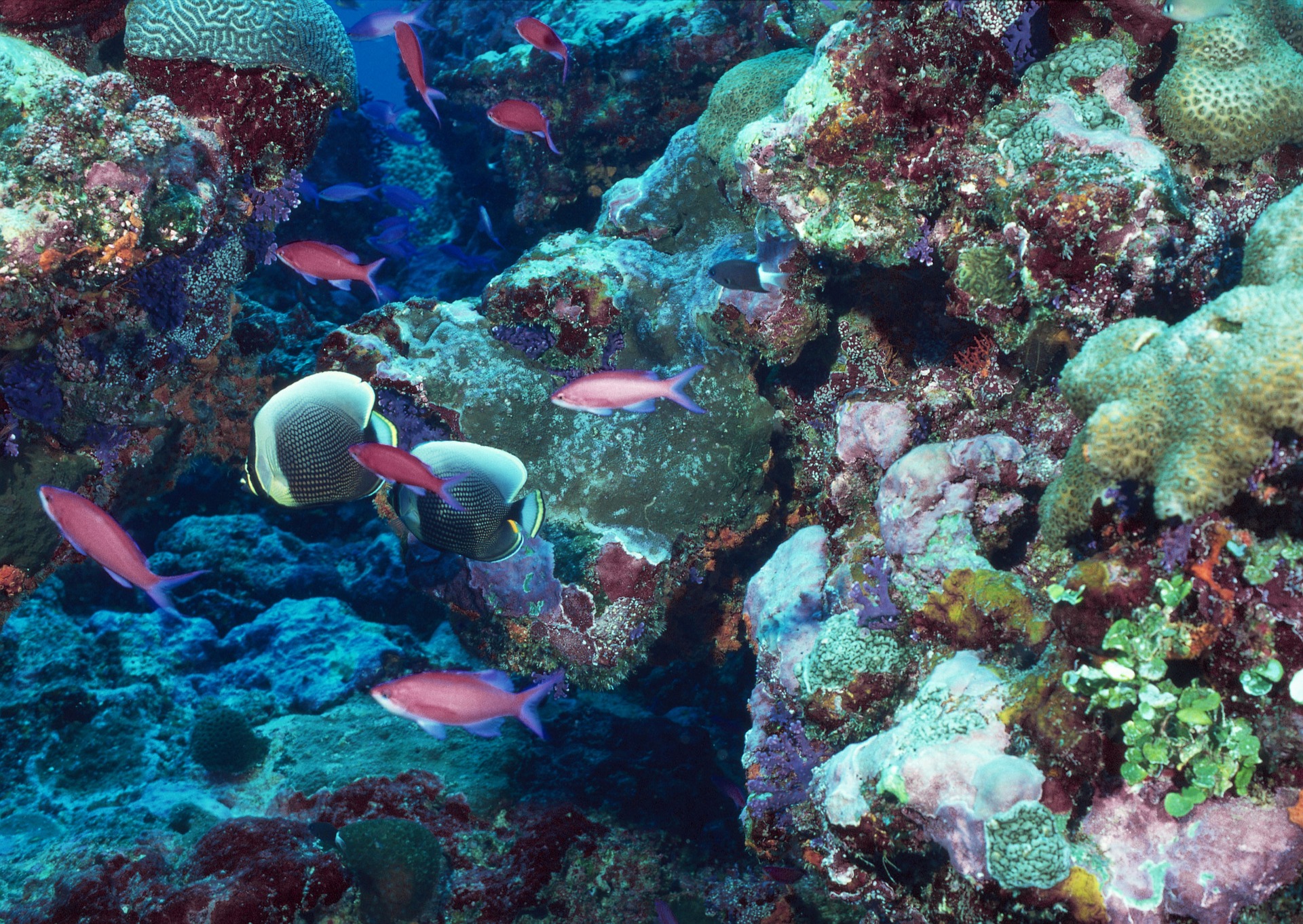How to save the world’s coral reefs
There is growing consensus that human intervention is needed to help coral reefs survive rising sea temperatures – with many different solutions on the table
W
ith coral reefs facing decimation over the coming century due to rising sea temperatures, researchers and scientists are turning to radical solutions to help save this precious natural resource – including transplanting coral species to different areas, genetic engineering, and protective sun shields.
A rise in global temperatures of 1.5C relative to pre-industrial times could cause global reefs to decline by 70-90%, according to the Intergovernmental Panel on Climate Change.
The latest global “bleaching” event, in which warm water causes coral to eject the symbiotic algae that gives it its colour, affected over 75% of the world’s reefs between 2014-2017. Coral can recover from brief bleaching episode – but existing in this vulnerable state for longer periods leads to disease and starvation.
Transplanting option
Coral can, however, come back from the brink. During the climate fluctuations of the last 30,000 years, Australia’s Great Barrier Reef has died and grown back five times. There is a growing acceptance that if coral reefs are going to weather the intensifying present-day survival parameters, human intervention will be needed. “The coral biology world has undergone a radical transformation over the last five years,” Steve Palumbi, marine biologist at California’s Stanford University, recently told ScienceMag.org.
Transplanting warm-water corals to other regions is one method of helping existing reefs survive hotter conditions. Scientists from the Red Sea Transnational Research Center are working to establish the factors that make coral in the Red Sea and the Gulf of Aqaba more resistant to rising temperatures – with the possibility of establishing these species elsewhere.
Selective breeding
On the Great Barrier Reef, the University of Technology Sydney’s Future Reefs Program has been selectively breeding coral polyps that survived recent bleaching events in a separate lagoon “nursery”. The researchers hope to retransplant this hopefully hardier coral back into the wild with the aim of speeding up reef recovery.
Others have suggested introducing heat-resistant algae from warm waters to coral in other regions, but this approach could have its limitations. Research shows that such algae can reduce bleaching mortality by 30%, but it also reduces coral growth rate by over 50%.
The National Sea Simulator, in Townsville, Queensland, Australia, also experiment with breeding coral and algae under heat-stressed conditions – but are delving deeper into the coral genome for other possibilities. In the seawater tanks at the $25 million facility, scientists are crossbreeding coral species that would otherwise spawn at different times in the hope of producing more resilient varieties.
A recent study shows that a hybrid of Acropora tenuis and A. loripes – both commonly found on the Great Barrier Reef – tolerated hotter, more acidic water better than the purebred varieties. Acidification is another challenge corals face as the oceans’ absorption of carbon dioxide lowers the pH of seawater; this corrodes corals’ calcium carbonate exoskeleton.

Healthy coral reefs attract a huge range of marine life. Image by 舰 周 / Pixabay
The National Sea Simulator’s “assisted evolution” approach is also looking at the potential of CRISPR gene-editing for identifying specific genes in both coral and algae relating to heat and stress. Researchers elsewhere have proposed going further to genetically engineer entirely new coral species – though it is likely introducing such “super-corals” into natural ecosystems they may quickly overwhelm will face opposition.
With the world’s largest reef under its supervision, Australia is fast becoming the frontline for innovative coral-preservation strategies. Other proposed methods include employing a biodegradable polymer “sun shield” sitting on the ocean surface to protect coral from the sun-rays, and pumping cold deep-sea over in-shore reefs through large-diameter, polymer-reinforced pipes.
Existing reefs
Apart from such dramatic interventions, the management of existing reefs is also something that must improve. A recent study by the non-profit Coral Reef Alliance recommended safeguarding reef diversity, and in doing so coral’s capacity to adapt, by protecting them from local threats like pollution and overfishing.
“Our results show that when evolution is enabled, conservation efforts can help corals adapt to rising temperatures,” said co-author Madhavi Colton.
As with many other natural resources, putting an economic value on reefs could help with these conservation efforts. One 2008 study estimated that reefs provide $29.8 billion of benefits annually in tourism, coastal protection, fishing and biodiversity. More than 500m peoplel worldwide are thought to rely on them for their food and livelihoods.
The ideas presented in this article aim to inspire adaptation action – they are the views of the author and do not necessarily reflect those of the Global Center on Adaptation.